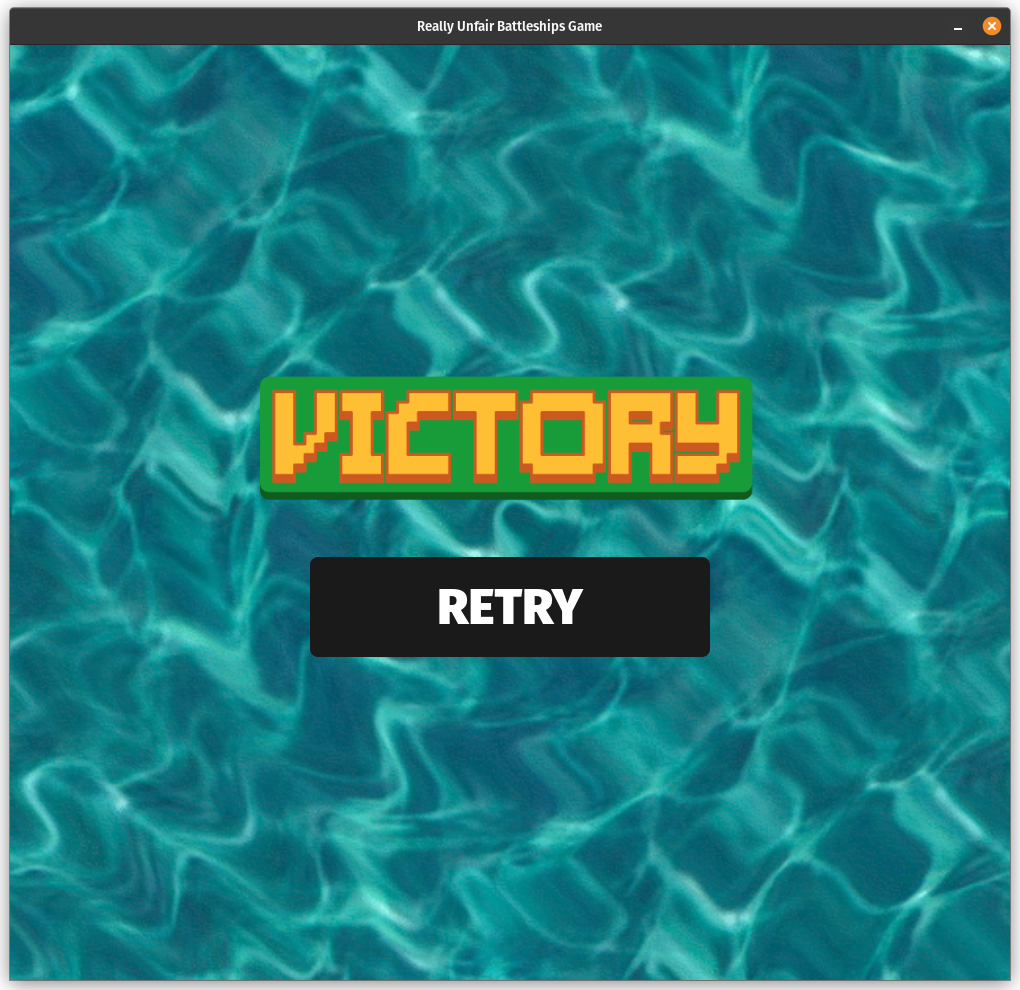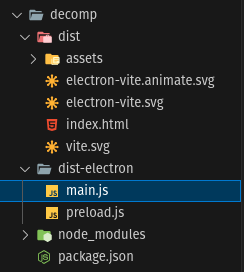When I run the rubg-1.0.0.AppImage file, I am greeted with a welcome screen followed by a 16x16 grid. I clicked on one of the squares and immediately lost.
First, I tried to decompile it using ghidra, however I was unable to locate the app logic. After unsuccessfully looking through the code for a while, I came up with an idea - maybe each time I start a new game, it uses some random function from libc to generate the grid. So I wrote a library to overwrite some libc functions:
#include <stdlib.h> #include <time.h> int rand() { return 0; } time_t time(time_t *second) { return 0; }fake.c
I compiled this with gcc -shared -o fake.so -fPIC fake.c and ran with LD_PRELOAD=$PWD/fake.so ./rubg-1.0.0.AppImage. However, the grid was still changing each time I started the app. Then I realised there were many possible other ways the app could be doing random number generation, such as clock_gettime() and possibly using their own random functions.
While I was testing the app, I saw a network unavailable screen for a split second and suddenly realised the app connects to the internet, and hence probably gets grid data from a server (I failed to consider this possibilty earlier probably because all rev/pwn challenges I had done before did not connect to the internet).
Hence, I opened wireshark and captured the http traffic coming from the app. I noticed the following request when the grid was generated:
GET /generate HTTP/1.1
Host: rubg.chals.tisc23.ctf.sg:34567
Connection: keep-alive
Accept: application/json, text/plain, */*
Accept-Encoding: gzip, deflate
Accept-Language: en-US
User-Agent: Mozilla/5.0 (X11; Linux x86_64) AppleWebKit/537.36 (KHTML, like Gecko) rubg/1.0.0 Chrome/112.0.5615.204 Electron/24.4.0 Safari/537.36
This returned json data:
{
"a": [0,0,0,2,2,2,2,126,26,0,2,0,0,0,0,0,4,0,4,0,0,0,0,0,0,0,0,0,0,0,0,0],
"b": "8337805696273711620",
"c": "11909354959045574160",
"d": 1473666718
}
These seem to encode the layout of the grid. To test this, I setup a local python server and redirected requests to it:
from flask import Flask, request app = Flask(__name__) @app.get('/') def test(): return 'pong' @app.get('/generate') def gen(): return {"a":[0,0,0,2,2,2,2,126,26,0,2,0,0,0,0,0,4,0,4,0,0,0,0,0,0,0,0,0,0,0,0,0],"b":"8337805696273711620","c":"11909354959045574160","d":1473666718} app.run(port=34567)server.py
... 127.0.0.1 rubg.chals.tisc23.ctf.sg/etc/hosts
Now when I run the app, the ships are always placed in the same squares. I found their positions through brute force and got a victory screen.


However, I still didn't get the flag - when I looked back at the chal description I learned that a "flawless victory" is needed to get the flag. Through further experimentation, I realised that b, c and d did not have an impact on the grid layout, so it must be only a. After some guessing, I realised that a is basically a bitmap for where the ships are positioned, with two numbers corresponding to one row. For example, the second row is from a[3] and a[2], 2 0 = 01000000 00000000
Since I still didn't know what b, c and d did, I returned to analysing the binary to find out what this might be, and this time, after taking a closer look at the strings output, I realised this might be an electron binary.
Thus, I extract the files from the appimage using rubg-1.0.0.AppImage --appimage-extract, resulting in a squashfs-root folder. Then I run asar extract squashfs-root/resources/app.asar decomp, which produced the following directory:

The main logic is in dist/assets/index-c08c228b.js. After a while, I found the following function:
async function m(x) {
if (d(x)) {
if (
((t.value[Math.floor(x / 16)] ^= 1 << x % 16),
(l.value[x] = 1),
new Audio(Ku).play(),
c.value.push(
`${n.value.toString(16).padStart(16, '0')[15 - (x % 16)]}${
r.value.toString(16).padStart(16, '0')[Math.floor(x / 16)]
}`
),
t.value.every((_) => _ === 0))
)
if (JSON.stringify(c.value) === JSON.stringify([...c.value].sort())) {
const _ = { a: [...c.value].sort().join(''), b: s.value };
(i.value = 101), (o.value = (await $u(_)).flag), new Audio(_s).play(), (i.value = 4);
} else (i.value = 3), new Audio(_s).play();
} else (i.value = 2), new Audio(qu).play();
}
It seems to get the flag from $u function, which is defined above:
async function $u(e) {
return (await Sr.post('/solve', e)).data;
}
There is probably a similar verification check on the server to check that the solution is correct. So it seems that m() is called everytime a square is clicked correctly. The JSON.stringify(c.value) === JSON.stringify([...c.value].sort()) condition requires that c is sorted, and each time a square is clicked correctly something is added to c:
c.value.push(
`${n.value.toString(16).padStart(16, '0')[15 - (x % 16)]}${
r.value.toString(16).padStart(16, '0')[Math.floor(x / 16)]
}`
),
It turns out that n is just b from the json returned by /generate we saw earlier, while r is c. So this seems to index using the row that was clicked and the column that was clicked.
I convert b and c to hex strings: b = 73b5d61aec9f8204 and c = a546873c9df2be10. Both of these are of length 16. Hence, each square has a corresponding hex value, {b[col]}{c[row]}. We just need to click the squares in the correct order. I wrote a python script for this:
import requests def solve(a, b, c, d): B = hex(b)[2:].rjust(16, '0') C = hex(c)[2:].rjust(16, '0') squares = [] for i, n in enumerate(a): if n > 0: row = i // 2 for x in range(8): if (n >> x) & 1: col = (i % 2 * 8) + 7 - x squares.append(B[col] + C[row]) print(squares) print(sorted(squares)) a = ''.join(sorted(squares)) print(a) # send solution resp = requests.post('http://rubg.chals.tisc23.ctf.sg:34567/solve', json={'a': a, 'b': d}) print(resp.text) solve([0,0,0,2,2,2,2,126,26,0,2,0,0,0,0,0,4,0,4,0,0,0,0,0,0,0,0,0,0,0,0,0], 8337805696273711620, 11909354959045574160, 1473666718)s.py
The flag was in the response json payload: TISC{t4rg3t5_4cqu1r3d_fl4wl355ly_64b35477ac}